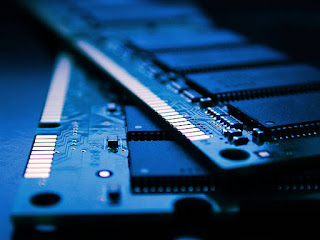RAM (Random Access Memory) comes in several types, each with its own characteristics and usage scenarios. Here are the primary types of RAM:
1. **DRAM (Dynamic RAM)**:
- **SDRAM (Synchronous DRAM)**: Synchronous with the system clock speed, used in older computers.
- **DDR SDRAM (Double Data Rate SDRAM)**: Improved version that transfers data on both the rising and falling edges of the clock signal, hence doubling data transfer rates compared to SDRAM.
- **DDR2, DDR3, DDR4, DDR5**: Successive generations of DDR SDRAM, each offering faster speeds and lower power consumption.
2. **SRAM (Static RAM)**:
- Faster and more expensive than DRAM.
- Used in CPU caches and other specialized applications where speed is critical.
3. **VRAM (Video RAM)**:
- Specifically designed for video cards and GPUs.
- Allows for fast access to graphical data and textures, crucial for gaming and video editing.
4. **Cache Memory**:
- Extremely fast memory located near or on the CPU.
- Includes L1, L2, and L3 caches, with L1 being the fastest but smallest, and L3 being larger but slower.
5. **Flash Memory**:
- Used for non-volatile storage (retains data even when powered off).
- Commonly found in SSDs (Solid State Drives), USB drives, and memory cards.
Each type of RAM serves a specific purpose based on speed, capacity, and application requirements.



